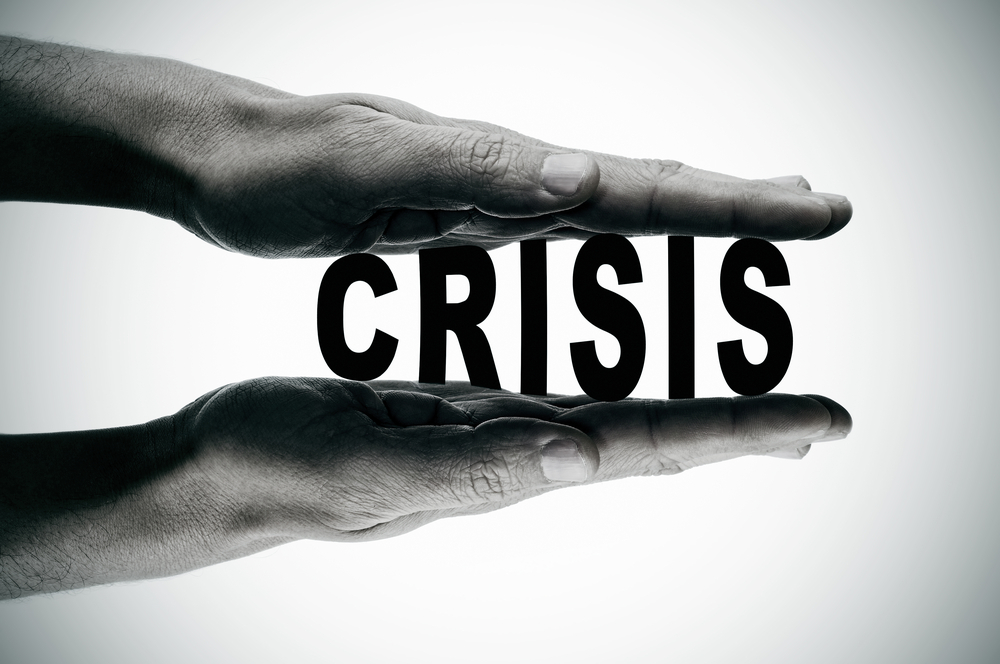‘Chief Crisis Officer’: Two Types of Crises

This is an excerpt from CrisisResponsePro founder James F. Haggerty’s new book, Chief Crisis Officer: Structure and Leadership for Effective Communications Response (ABA Publishing). We will post other excerpts to the Knowledge Exchange periodically. In this section, Haggerty discusses two types of crises.
Shouldn’t there be more than one definition, or at least, various categories of crises, given the list of many different negative events that could befall a company or other organization?
Perhaps, but another recurring theme throughout this book is simplicity: If you want to respond effectively during crisis situations, you must keep it simple.
So for the sake of simplicity, therefore, I would identify only two major categories of crises—the “exploding” crisis and the “unfolding” crisis. They can be defined as follows:
- Exploding: an immediate, event-related crisis that explodes onto the scene (e.g., an accident, fire, or explosion).
- Unfolding: the long-term, unfolding crisis; the type of crisis that bubbles up over time, like a lawsuit or investigation.
As we’ll learn, significant differences exist between exploding and unfolding crises. Indeed, we’ll devote a whole chapter in this book to the proper management of a legal crisis. My overarching argument, however, is that, in this age of increasing regulation and legal liability, far more similarities can be found between these two types of crises than in the past. It comes down to training, preparation, and messages—whether it’s an explosion that rocks your manufacturing facility or a slow-moving lawsuit that threatens to crack the foundation of your business. The physical elements of the damage can be quite different, but in both cases the reputation of the company is very much at risk.
In Chapter 4, you will learn about a system of responding to crisis that we call the CIR approach, which stands for Control, Information, Response®. It is a system we felt so strongly about that we registered the service mark— hence the® symbol.
For the purposes of this inaugural chapter, as we move through our example of an industrial fire (and others), you can see the outlines of the CIR system taking shape. As the fire raged at that industrial facility in New Jersey, we needed to get control over the crisis site and proper information about this crisis, in order to formulate the appropriate response.
Ensuring the proper information flow takes two basic forms:
- We needed information from the scene in order to accurately understand the situation at the site. This information came directly from the General Counsel and the PR director for the company, via teleconference and email.
- We needed to understand what the rest of the world was learning, thinking, and feeling about this crisis. Hence, at the same time I was on the phone with my client, my colleagues were collaborating through our crisis communications portal to ensure that a steady stream of information regarding public reaction to the fire was collected, analyzed, and understood.
I will discuss these topics again later in this book, but the important point to remember is that by quickly establishing control over the crisis site and information about what is happening on-scene, we gave ourselves time—and time is of the essence in virtually every form of crisis communications response. This statement is true whether you are in the midst of a sudden expected crisis like a fire at your facility or a growing crisis like an Internet rumor campaign or legal investigation.
— James F. Haggerty
Image Credit: Shutterstock
This is an abridged version of an article that appeared today on the CrisisResponsePro paid subscription portal. (CrisisResponsePro subscribers can access the full version by clicking here. ID and password are required.) To take advantage of all of the content, data, and collaborative resources CrisisResponsePro has to offer, contact us at info@crisisresponsepro.com.




 Back to Blog
Back to Blog